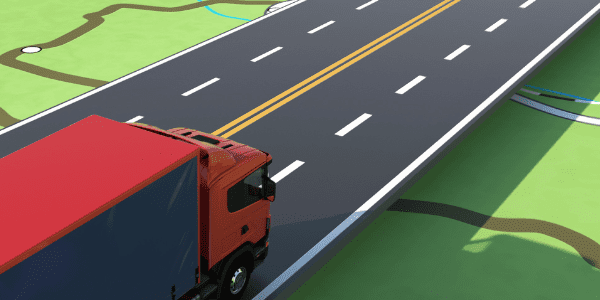
Oshkosh did a fascinating presentation at the European Rental Association convention in Stockholm a few weeks ago. They focused on the technologies they are bringing through from their military vehicles division into their rental equipment, in particular how machines can make decisions on their own without human intervention. Machines can even go as far as traversing across a job site without an operator.
Its tempting in 2016, with autonomous cars and vehicles already out on the roads, on construction sites and in war zones to think that the machine is ready to make its own decisions. Does that lead to operators and users developing a complacency too early? The fact is that machines will stop you from doing something wrong a lot of the time but not in every instance. They can only stop you from dangers that they’ve been programmed to understand. If the danger is new then maybe the machine won’t stop you from doing something wrong. It can’t.
Right now machines are at a tipping point – over the next few years, machines may become more and more autonomous. They will be able to avoid many of the human-error induced accidents that characterize a job site, but that doesn’t mean that humans get to switch off their brains and disengage from the job in hand.
One of the dangers for construction companies will be that mixed fleets – fleets where some machines are more intelligent than others will potentially create accidents. Operator or user expectation created by using more intelligent machines will make it more difficult to step back to older, less intelligent machines that require more user expertise. Operators will still need to be trained to be as vigilant and safety conscious on newer machines as well as on old until fleets are fully updated.
Just think about the ABS and anti-skid technologies that kick in if you have to hit the brakes on your car. 20 years ago you had to pump the brake pedal with your foot to avoid a skid and taking a corner too fast was considerably more likely to result in an accident. An 18-year-old today who’s never driven anything more taxing than a Ford Focus won’t have a second thought about jumping into a 1967 Ford Mustang with stick shift even though the driving skill required is entirely different. A young entrant to the construction workplace is likely to have the same degree of bravado when facing a 10-year-old excavator without even checking if it has the same safety features as the brand new one they trained in last week.
At this point tracking employee and operator competency is going to be more important than ever before. The potential for work placed accidents triggered by assumptions that machines are more intelligent than they actually turn out to be will be greater over the next few years than its ever been. The future is bright when it comes to improved safety, but the route forward will be bumpy until the new generation of machines entirely replaces the old.
Check out these 8 steps to promote safety in your workplace.
Written by: Helen Sowerby, Director of Business Development





